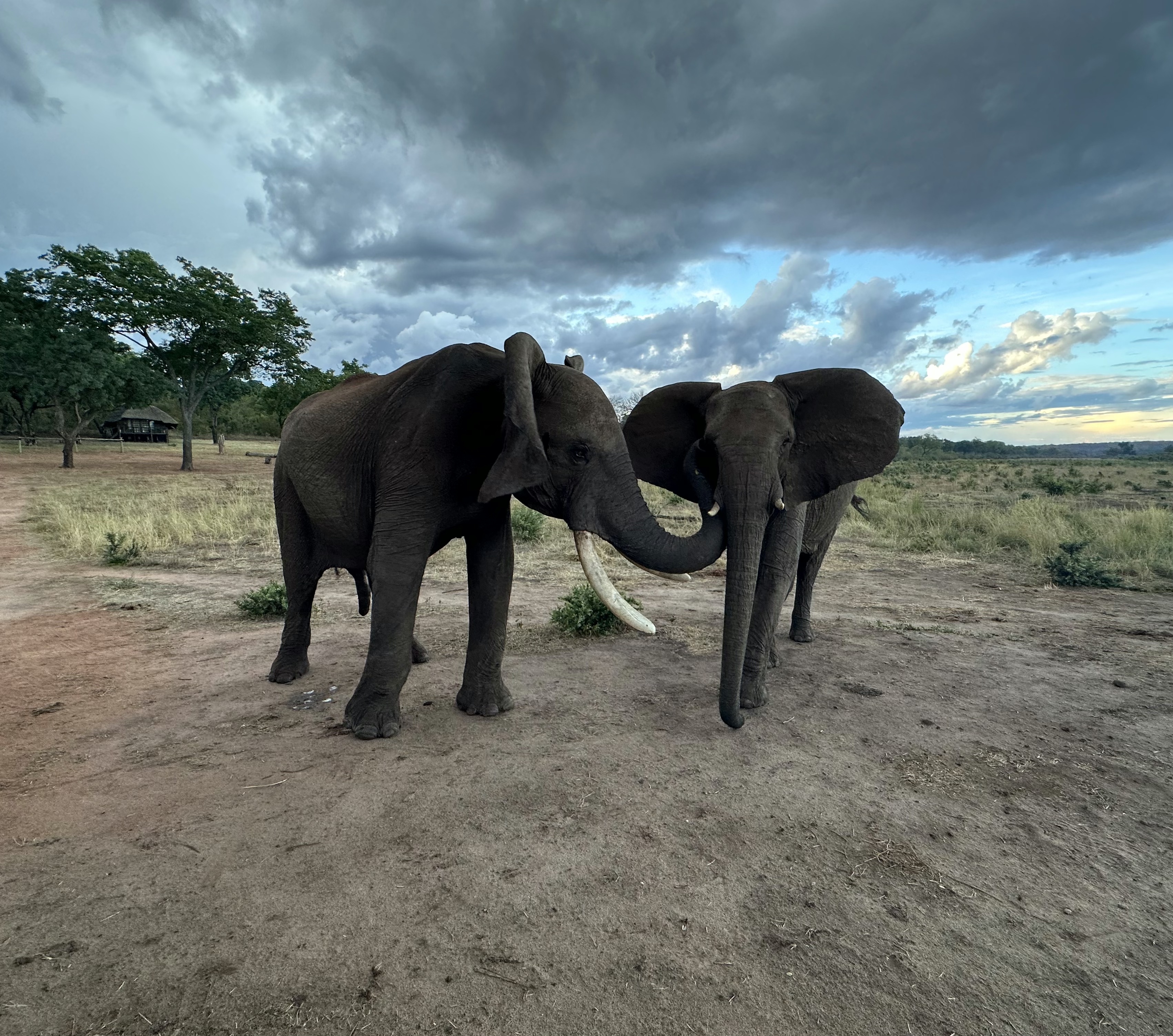Media release
From:
African elephants (Loxodonta africana) may change how they greet each other depending on whether the other elephant is looking at them or not, finds a study of nine elephants published in Communications Biology. The study also finds that elephants use different combinations of gestures such as ear-flapping and vocalisations such as trumpets in their greetings, which may promote individual recognition and social bonding.
Previous research has reported that elephants often engage in greeting rituals involving vocalisations and physical actions. However, it has been unclear whether these physical actions are deliberate gestures used for communication, and how gestures and vocalisations are combined during greetings.
Vesta Eleuteri, Angela Stoeger, and colleagues studied the vocalisations and physical actions used during elephant greetings by observing semi-captive African savannah elephants living in the Jafuta Reserve, Zimbabwe, between November and December 2021. The authors observed 89 greeting events consisting of 1,282 greeting behaviours, of which 1,014 were physical actions and 268 were vocalisations.
The authors found that elephants greeted each other with specific combinations of vocalisations and gestures, such as rumbles with ear-flapping or ear-spreading, in addition to other seemingly less deliberate physical movements, such as tail-raising and waggling. The combination of rumbling and ear-flapping was the most common form of greeting, although this was more frequently used between females than between males. They also observed that urination, defecation, and secretions from a sweat gland unique to elephants — known as the temporal gland — were present in 71% of greetings, suggesting that smell may play an important role during greeting.
The authors also observed that the methods of communication used by elephants during greetings varied depending on whether the subject of their greeting was looking at them. Elephants were more likely to use visual gestures — such as ear-spreading, trunk-reaching, or trunk-swinging — when they were being watched, but were more likely to use gestures that produce a sound — such as ear-flapping and slapping their ears on their neck — or to touch the recipient of their greeting with their trunk when not being watched.
Together, the findings suggest that elephants greet each other by combining vocalisations and gestures together and that they may deliberately alter their communication methods depending on whether they have the visual attention of the individual they are greeting. Previous research has reported that chimpanzees and other apes also combine vocalisations and gestures together and alter their communication methods in response to whether they are being watched. The authors propose that these communication methods may have evolved independently in these distantly related species to mediate social interactions.



 International
International



